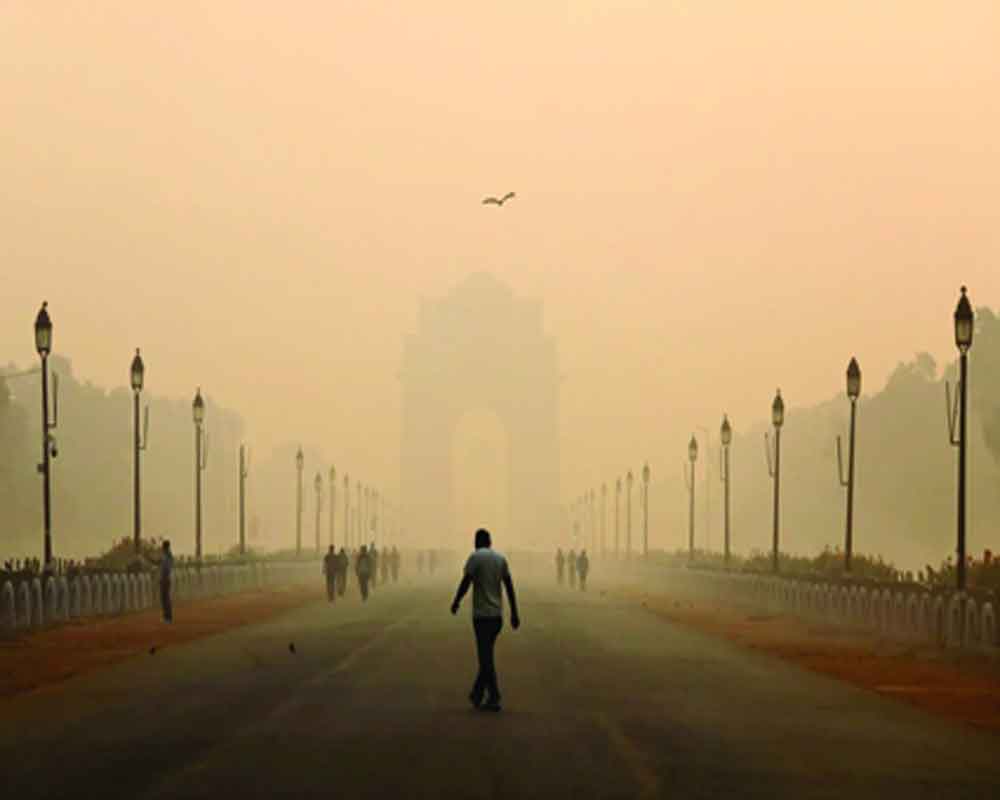The NGT's call for action on poor air quality across 53 cities reveals the problem's pervasiveness
It is official, and scary! The air quality in our part of the world is quite poor, in fact not even breathable, though we have learnt to live with it. Meanwhile, the National Green Tribunal (NGT) has issued directives to 53 cities across the nation to identify the contributors to air pollution and outline measures taken to control it. It is killing us slowly but not much is being done about it. When a city becomes akin to a gas chamber with the Air Quality Index (AQI) hitting ‘severely hazardous’ levels, there’s often a kneejerk response: Authorities resort to cosmetic measures but these do not attack the root of the problem. However, once the AQI returns to ‘poor’ levels, it is considered normal with no actionable need. The NGT move underscores the severity of the problem regarding air quality, signalling an urgent need for comprehensive action to safeguard public health and environment. Over decades, air pollution has emerged as a significant environmental and public health challenge. In India, rapid urbanisation, industrialisation, vehicular emissions and agricultural practices have contributed to worsening air quality. The consequences of prolonged exposure to such air are dire, leading to respiratory ailments, cardiovascular diseases and even early death. But we all have grown accustomed to going back to work without complaining about the air that is taking away our lives, hurting our eyes and choking our lungs. Addressing deteriorating air quality demands unwavering commitment, innovative solutions and collective responsibility.
The NGT’s directive to 53 cities comes as a timely intervention to address the escalating crisis. By mandating these cities to identify the sources of pollution and articulate measures to combat it, the NGT aims to catalyse proactive efforts towards cleaner air and healthier living environments. Understanding the specific sources and their relative contributions is pivotal in formulating targeted strategies to curb pollution effectively. Equally significant is the delineation of steps taken by these cities to mitigate pollution. It involves a multi-pronged approach encompassing regulatory measures, technological interventions, public awareness campaigns and collaborative efforts among stakeholders. While the NGT’s directive marks a crucial step forward in addressing air pollution, several challenges lie ahead: Implementation bottlenecks, enforcement gaps, resource constraints and lack of public awareness pose formidable obstacles. Furthermore, controlling air pollution requires concerted efforts at the local, regional and national levels, necessitating policy coherence, inter-sectoral coordination and community participation. Unfortunately, past experience tells us to be not too optimistic or enthused as not much is going to change on ground. If we really need a real solution, people will have to come forward to demand good air quality from the authorities. Changes do come in this country but only when people make a hue and cry for it. So either build a people’s movement around it or, till then, just keep inhaling the toxic air.


























